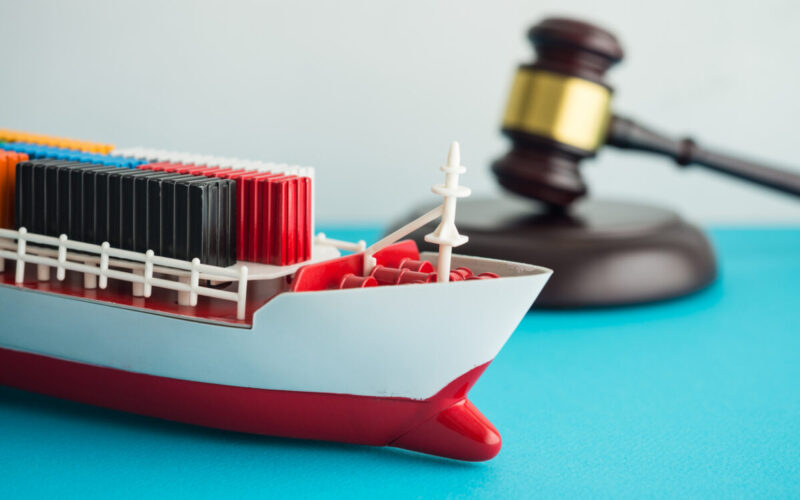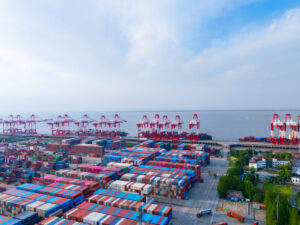The European Union (EU) ushered in an array of legal responsibilities and operational implications for liners after it formally integrated the maritime sector into its Emission Trading Scheme (ETS) earlier this year.
Active from 1 January, the EU ETS maritime expansion covers CO2 emissions from all cargo and passenger vessels of and above 5,000 gross tonnage (GT) that call at European Economic Area (EEA) ports. This encompasses non-European flagged ships.
Since then, on 1 February the European Commission published its long-awaited codified roster of shipping liners in an official release. Liners included in the list are mentioned by name and their International Maritime Organization (IMO) number under the heading of the country they are required to register and open its Maritime Operator Holding Accounts (MOHAs).
The Union Registry serves as a de facto banking system and platform for holding MOHAs. The registry enables diligent accounting of emissions allowances (EUAs), and logs annual greenhouse gas (GHG) emissions while enabling EUA transfers. MOHAs allow liners to trade and surrender their EUAs within the bounds of the ETS Directive.
However, according to a report released by Watson Farley & Williams Partner, Nick Walker, and Senior Associate, Valentina Keys, the legislative process has lacked clarity throughout, with Denmark serving as the only state member to have brought the amended EU ETS directive into national law.
“This means that ETS costs provisions and local enforcement mechanisms for any breaches of ETS have not yet been implemented by member states, leaving significant gaps in compliance which will need to be filled,” the paper noted.
Nevertheless, proceedings have been initiated against member states that have failed to incorporate the directive into national law by the European Commission.
To initiate the process, the EU released its List of shipping companies earlier this month, detailing the governing authority for each shipping company as per Directive 2003/87/EC of the European Parliament and the Council. The list was configured through data provided by the Thetis MRV platform on 20 November 2023 having utilised an algorithm developed by the European Maritime Safety Agency. The list includes more than 2,000 companies.
It should be prefaced that a company’s absence from the list does not render it immune from its EU ETS obligations “nor are they barred from entering EU waters”, the paper stressed. The EU ETS’ inclusion of a shipping company is largely contingent upon the performance of maritime transport activity listed in Annex I to Directive 2003/87/EC, as opposed to its presence on the EU list.
Another potential issue identified by Watson Farley & Williams is the ambiguity of an entity’s legibility in registering as a shipping company. Throughout the legislative process, the type of entity able to register as a shipping company has lacked specificity, with its qualifying requirements having shifted repeatedly.
READ: European businesses innovate amid global trade shifts, finds study
A more pertinent question to ask, however, is to what extent are shipping companies prepared to adhere to EU ETS. According to a survey conducted by SEA, the Maritech Services Limited company, roughly 51 per cent of respondents expect the new regulations to directly affect their daily operations.
The expansion of the EU ETS to encompass the shipping sector is poised to bring about various consequences for businesses, according to SEA.
“Commercial decisions will be significantly swayed by cost considerations, with 55 per cent highlighting this as the primary influence. “The choice of routes taken by vessels follows closely behind, with 40 per cent identifying it as a key factor.”








